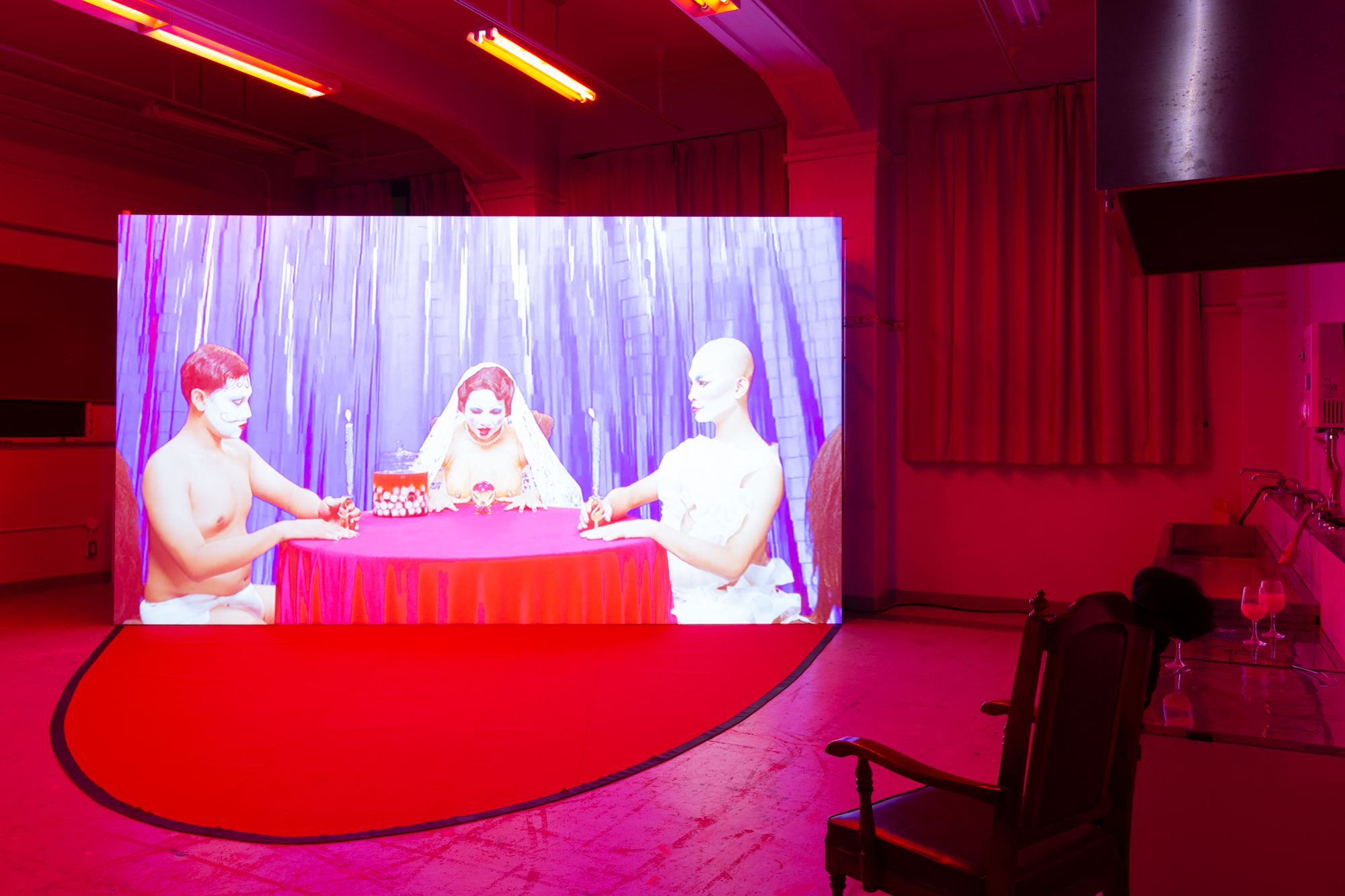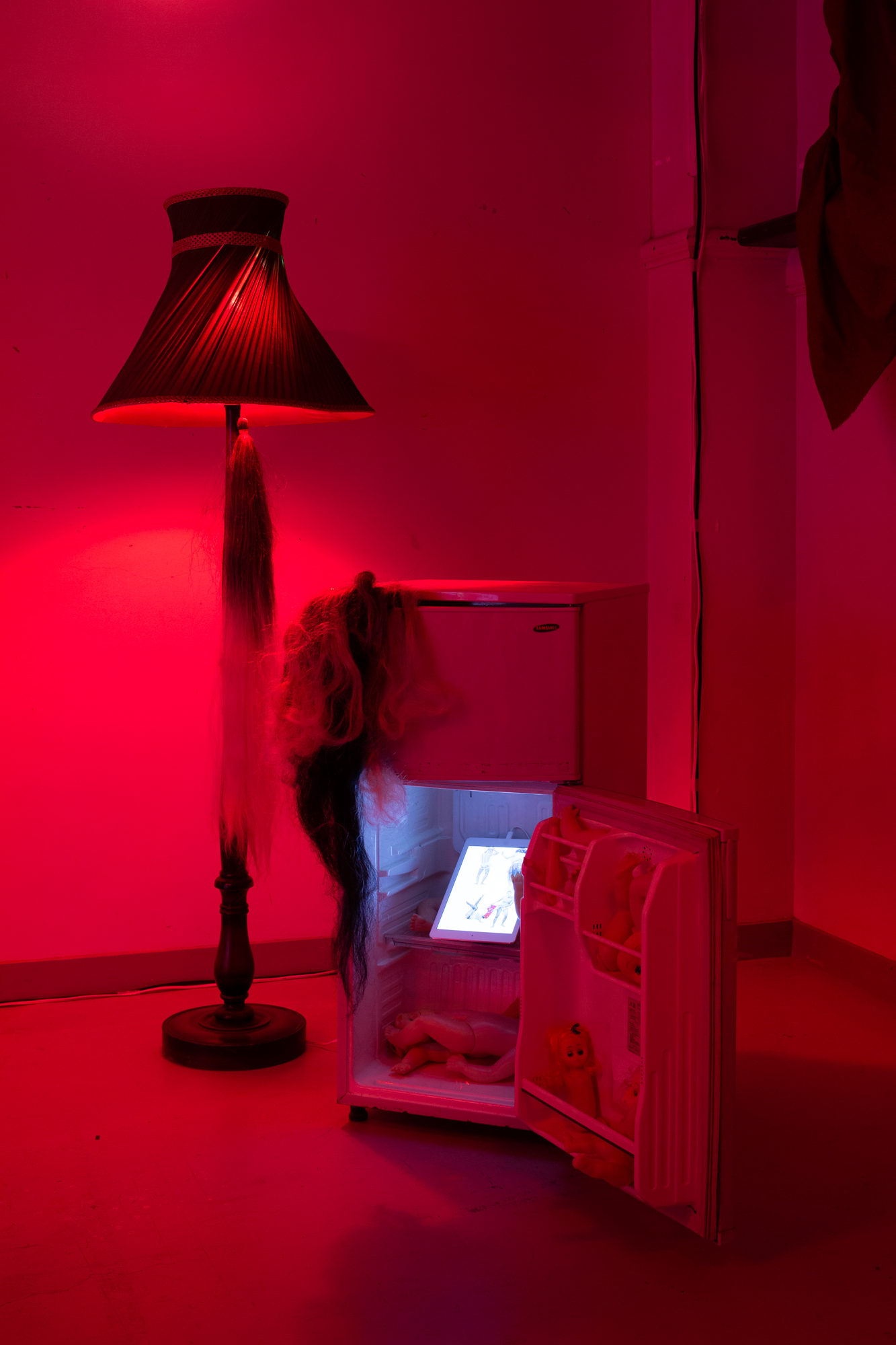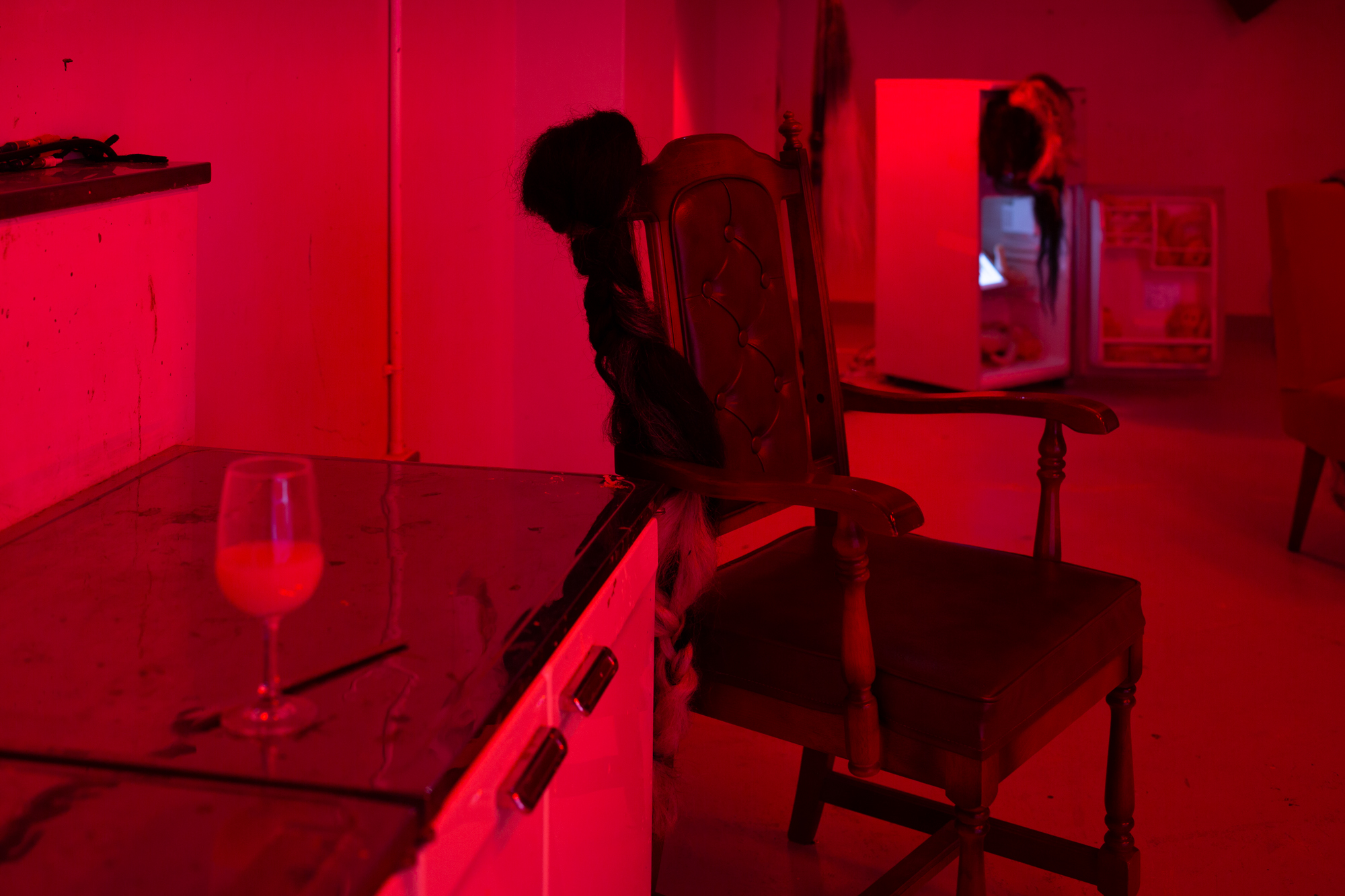The Order of Autophagia (2017-2021)

Ever since Columbus coined the word cannibal (derived from Caniba, which according to Columbus was an indigenous tribe in the Caribbean that practiced anthropophagy)1, its concept in the history of humankind has always resonated with the notion of savagery. As a cultural code, cannibalism has been excessively studied and investigated from disciplines such as anthropology and ethnography, however there are no definitive answers as to why such practice could exist. Most of these studies were biased and based on the colonial gaze or noble savage narrative. For example, a long history of cannibalism in Indonesia was written from the perspective of missionaries and 20th century colonial scientific racism—from Marco Polo’s notes on Batak people in 13th century Sumatra to Robert Gardner’s 1965 sensationalist ethnographic film Dead Birds on Dani people in Papua. Outside the anthropological view, the concept of cannibalism is accelerated into a media frenzy and moral panic perpetuated by the modern narrative of deprivation, perversion, and fetishization of morbid creatures like Issei Sagawa, Sumanto, Jeffrey Dahmer, Ed Gein and so on. This strange fascination of something morbid also brings a potential business opportunity as shown by how elaborately themed restaurants that focus on ‘human meat’ have mushroomed in Indonesia and around the world, exploiting the entertainment value of morbid curiosity.
Following this, a new method for thinking about cannibalism is urgently required. What if all the colonial assumptions about cannibalism are altered into a speculative way of thinking about anthropophagy? Instead of the images of savagery and fear-induced history cannibalism often connotes, we should think of anthropophagy as a non-taboo subject that might be a small solution to our ecological problem and consumption habit. Perhaps we can start not from anthropophagy but autophagy. Could this practice where humans self-cycling their energy-making by auto-eating themselves challenge our overconsumption culture? Can we rethink the human relationship with nature as a standing-reserve? What would it mean if humans could consume their own hair, scalp and fingernails as a source of energy instead of animals or plants? Although these questions are highly speculative, their imaginative approach might be rendered into a fascinating artistic gesture. A gesture that will challenge our assumption of autophagy, anthropophagy, and cannibalism and transform it into a productive thought practice. A tradition of thinking about a taboo subject not only for the sake of its horrific imagery and wicked storytelling, but for its potentiality to engender a critical discourse—a type of practice that is famously performed by a group of misfits known as Grand Guignol.2
This practice is the underlying concept of developing this work. This work is a homage and also tribute to the practice of Grand Guignol—imagining a taboo subject into an immersive screening and installation. As the concept of anthropophagy relates to the ritual of eating, this work employs the setting of a dinner as a staged ritual. The work can also be seen as a play in which the dramaturgy of perversion subverts into a critical ecological discussion with two aspects that are salient in the play: the reconfiguration of cannibalism as a concept seen from an anthropological stance and autophagia as speculative thinking that illustrates madness and biopolitics. All of these aesthetic gestures will be delivered through Grand Guignol as a method of fiction-making.3
1 The act of eating human flesh by human beings.
2 Le Théâtre du Grand-Guignol (French pronunciation: [ɡʁɑ̃ ɡiɲɔl]: “The Theatre of the Great Puppet”) that ran from 1897 to 1962 specialised in shocking and naturalistic gore shows. Grand-Guignol useed lo-fi effects to torment the crowd. Their shows were ghoulish and spine shuddering entertainment.
3 See https://www.bbc.com/culture/article/20190304-why-the-grand-guignol-was-so-shocking




Photo documentation by Hana Sawada (Kyoto Experiment)
Acknowledgement:
The Order of Autophagia is commisioned by Kyoto Experiment 2021
Written and Directed by Natasha Tontey
Produced by B.M. Anggana
Cinematograpjy by Piring Tirbing
Music & Scoring by Wahono (Divisi 62)
Cast:
B.M. Anggana
Natasha Tontey
Ahmad Susantri
Arsita Iswardhani
Make-up Artist by Juraiz Taftazani
Line Producer Amalia Risqi
with support by Performance Space Micro Fellowship 2020 during the process